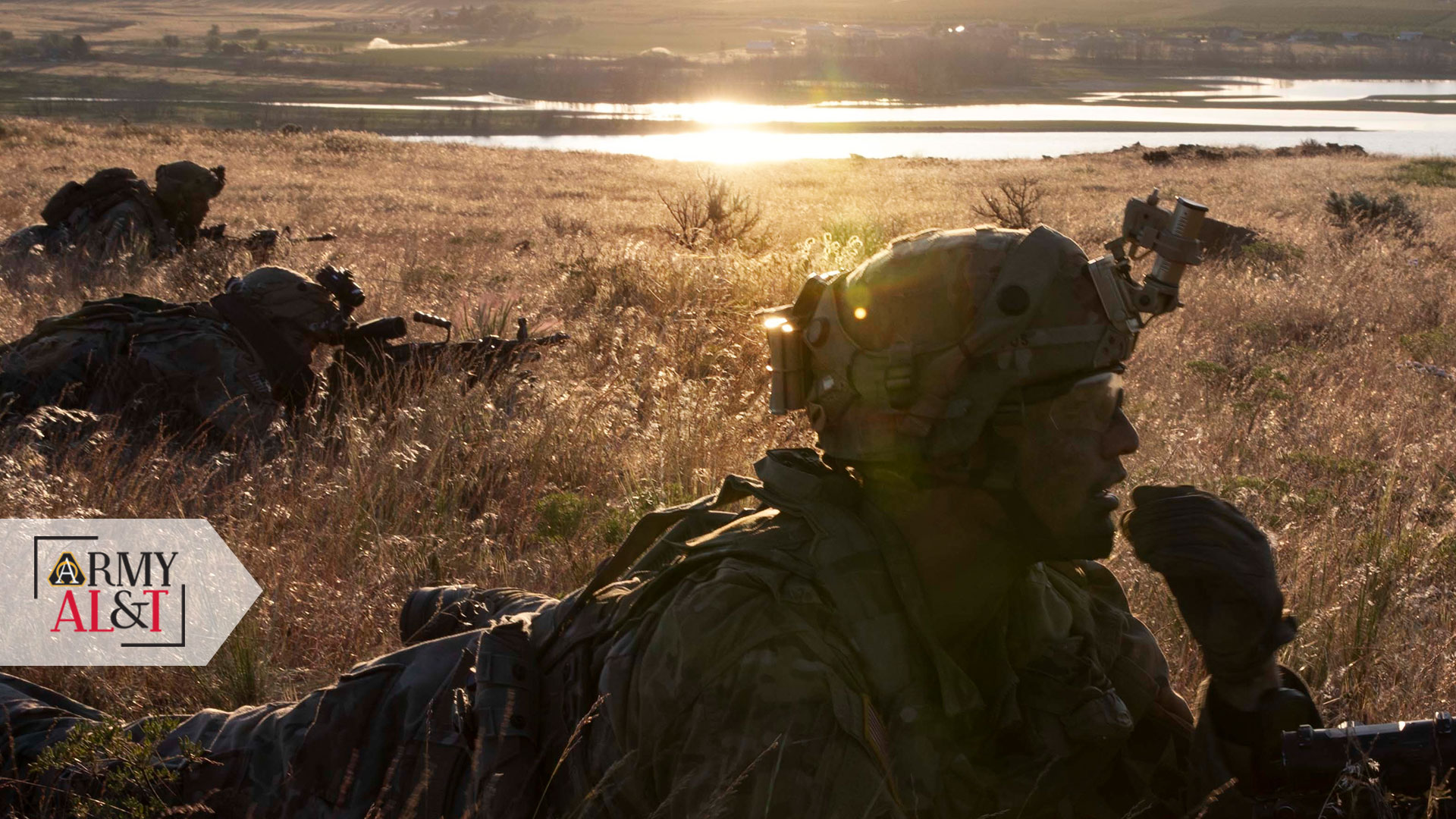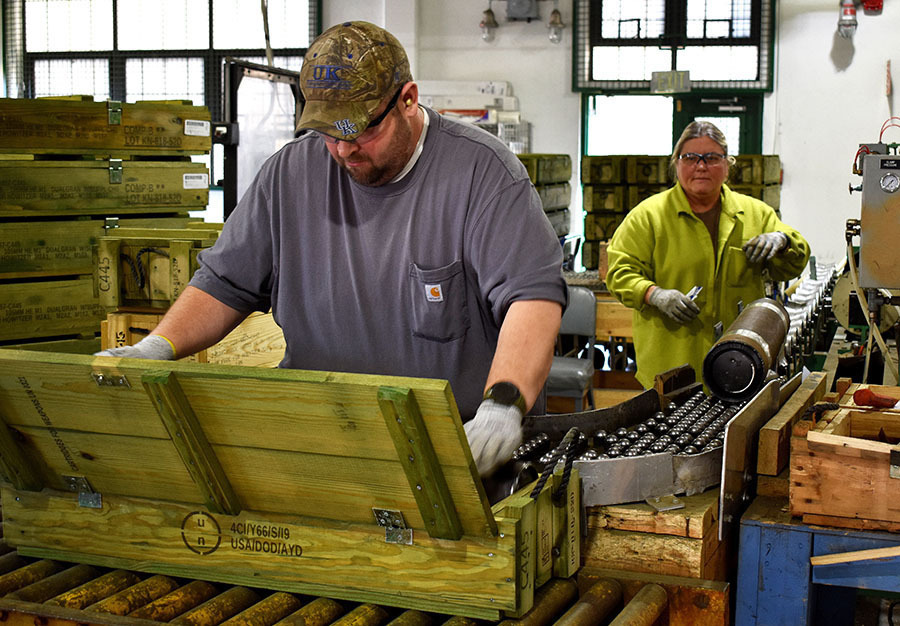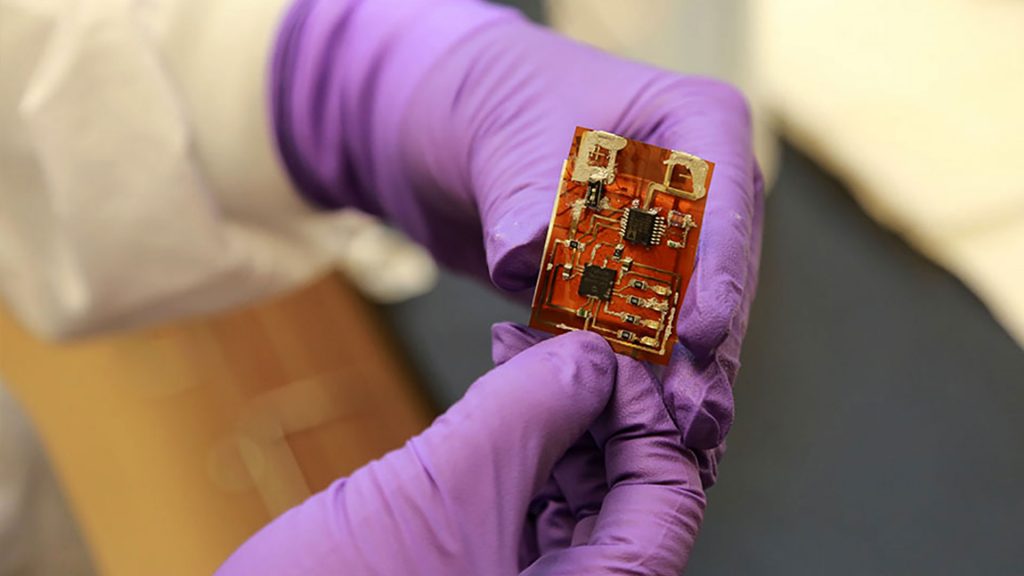
FROM THE ARMY
ACQUISITION EXECUTIVE
DR. BRUCE D. JETTE
The future force modernization enterprise has a vision to streamline acquisition, and a way to get there.
Getting the right equipment and systems to Soldiers at the right time is not only essential to supporting our force today, but will also be essential in supporting the future force. The Army must prepare for the future while we continue to build readiness. How we manage system life cycles and integrate the design, production and sustainment processes into those life cycles will drive the Army’s ability to modernize its capabilities and support multidomain operations.
The future force modernization enterprise is a concept created to change the Army’s approach to modernization and better employ our resources. It comprises the Assistant Secretary of the Army for Acquisition, Logistics and Technology (ASA(ALT)), the U.S. Army Futures Command (AFC) and the U.S. Army Materiel Command (AMC); it also extends to several other organizations, including major Army commands, such as the U.S. Army Training and Doctrine Command (TRADOC), and across the Army, DOD and the joint community. In our modernization efforts, we also rely on external partners in industry, academia and, finally, our allies and partners.
This enterprise concept describes the Army’s expertise, organizations and infrastructure for rapidly and effectively developing and delivering the future force—the key is synchronization through inclusivity. Each of the organizations is focused on a particular portion of modernization, enabling them collectively to concentrate resources and expertise on every aspect of modernization through a synchronized effort. The concept reduces redundancy and makes use of a key imperative—unity of effort—to help ensure close collaboration.
This unity of effort means multiple organizations are working together in distinct but complementary ways toward the same objective. This drives early teaming among requirements development, research and development, test and evaluation, and the acquisition community to support rapid innovation through Soldier touch points, demonstrations, prototyping, experimentation and analysis. This process will enable faster requirements validation and easier technology transition through the “valley of death,” to support seamless progression into the acquisition life cycle. (Valley of death refers to the notorious difficulty of turning a promising technology into a fielded program.)
Here’s how it works:
- AFC brings together modernization organizations previously scattered across the Army. It creates concepts for how Army forces will fight in the future and experiments to inform requirements that drive the acquisition process.
- ASA(ALT) acquires and fields materiel solutions that are sufficiently mature and of the most value to Soldiers at the speed of relevance.
- AMC will take those materiel solutions through the sustainment and divestiture processes.

Blue Grass Army Depot staff pack renovated rounds for shipment in March. AMC’s role in the future force modernization enterprise is to take materiel solutions through the sustainment and divestiture processes. (Photo by Mark Henry, AMC)
MODERNIZATION ENTERPRISE
AFC is driving support for critical capabilities that need to be developed to ensure overmatch on the future battlefield through concept development, experimentation, modeling and simulation, organizational design, requirements determination and materiel solution validation. At the same time, ASA(ALT) continues its role of oversight, resource management, policy and, particularly with respect to the acquisition function, control of the broader materiel development and sustainment processes.
ASA(ALT) takes the concept and requirements from AFC and carries them through the engineering development and manufacturing, design and building, and developmental testing processes. Then, we move these materiel solutions into production prototyping, operational testing and fielding equipment.
The establishment of AFC affords an opportunity to create a more collaborative working environment between its cross-functional teams and ASA(ALT)’s program executive offices (PEOs) to bring system concepts and designs to life. Each of the eight cross-functional teams has a primary PEO on the team, and each of the more than 30 signature systems within the cross-functional teams has a program manager representing the PEO on the team as well. This close working relationship between the cross-functional teams and the PEOs is extremely valuable: AFC and the cross-functional teams participate in deliberation over acquisition strategies, while the acquisition community contributes to the operational requirements development process—and everyone retains their own responsibilities. This kind of collaboration is at the heart of the enterprise and is critical to its success.
To effectively modernize the Army over the next decade and a half, the enterprise needs to develop future concepts that drive our materiel requirements, with a supporting architecture that ensures interoperability. We must realize information transparency that enables data-driven decisions by Army leadership and achieves an enterprise that is able to move and flex at the speed of advancing technology. In other words, the Army needs intelligence-driven requirements, concept-driven requirements, a system-architecture approach and integration of all of those things. Part of how we support that will be with the acquisition data domain.
In my last Army AL&T column, “The Zen of Data,” I discussed managing data holistically to enable better decision-making, which is how the domain with be employed within the enterprise concept. The Army needs to be able to visualize its data, and I have to ensure that data is authoritative and accurate before allowing other parts of the modernization enterprise to make decisions on how to use it. The domain will help achieve a unified data environment for “vision, decision and precision” from requirements development to divestiture.

Self-indicating colorimetric response materials, embedded into objects such as this microchip, can instantly alert warfighters to contaminated items. The early teaming that is possible through the future force modernization enterprise supports faster requirements validation and easier technology transition through the valley of death into the acquisition life cycle. (Photo by Shawn Nesaw, U.S. Army Combat Capabilities Development Command (CCDC) – Chemical Biological Center)
CONCLUSION
The Army has reorganized our entire modernization enterprise for greater speed, efficiency and effectiveness. This includes improving the way we do business. We are beginning to see the intended benefits of our efforts—unchanging priorities; less bureaucracy; sufficient investment; and greater access to innovation—to make us better stewards for the warfighter and the taxpayer.
I am proud that the ASA(ALT) organization has moved out quickly to enable initiatives designed to meet the Army’s modernization priorities. Most importantly, we need to reduce the acquisition timeline to ensure Soldiers have the weapons, equipment and tools they need, when they need them to deploy, fight and win future conflicts.
This article is published in the Fall 2019 issue of Army AL&T magazine.
Subscribe to Army AL&T News – the premier online news source for the Army Acquisition Workforce.
![]() Subscribe
Subscribe







